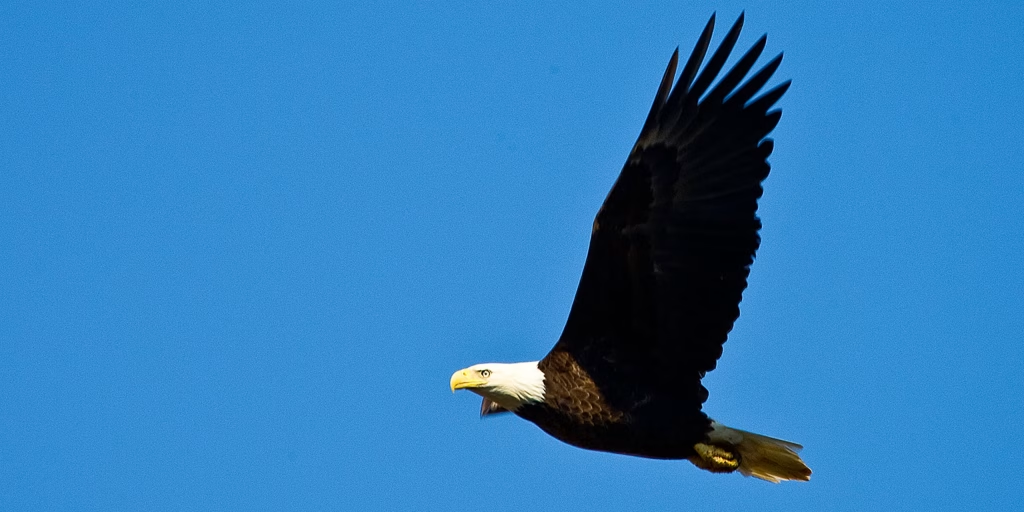Bald eagles are thriving in Alabama.
A recent count conducted by biologists at the Alabama Department of Conservation and Natural Resources (ADCNR), Alabama Power and other partner organizations found 10 new bald eagle nests throughout Alabama’s 15 major waterways since the survey was previously conducted in 2021. Of those 10 new nests, seven were found by Alabama Power biologists along Alabama Power’s reservoirs.
“It’s very exciting,” said Dylan Shaw, biologist at Alabama Power. “Bald eagles in Alabama are doing fantastic, which is consistent with the species’ success nationwide. Since 2009, their numbers as a species have quadrupled. That means we’re doing things the right way and our management activities along our reservoirs are protecting the birds’ habitat, allowing them to thrive. We closely monitor the location of all known bald eagle nests on our reservoirs to prevent disturbance during day-to-day activities.”

ADCNR biologist Mercedes Maddox coordinates the annual bald eagle count in Alabama. She said the increase in bald eagle nests is due in large part to the collaborative effort between ADCNR, Alabama Power and other partners to support the bald eagles and improve their habitats.
“Like all good conservation work, there is a huge collaborative effort with bringing a species back from the brink of extinction and then continuing to monitor the population,” said Maddox.
The bald eagle was declared an endangered species in the U.S. in 1967. Years of work to enhance bald eagle habitats and minimize threats, such as DDT (a pesticide that weakened the eggshells of offspring) then followed. The big breakthrough came in the 1980s, employing a wildlife technique called hacking, which forced a young bird to take its first flight in a desired area with the expectation that it would return to the area to nest. In the first six years, biologists released 91 juvenile eagles from hacking towers across the Alabama and, today, eagles can be found nesting statewide. Successful recovery efforts in Alabama and other states led to the removal of bald eagles from the endangered species list in 2006.

Allison Cochran, a wildlife biologist with the U.S. Forest Service, recalls taking a trip to Alaska as a child just to see a bald eagle because that was one of the only places in the U.S. where they could be seen.
“Now I can see bald eagles in my own backyard, right here in Alabama, and that is amazing,” Cochran said. “It’s really a testament to the ADCNR and Alabama Power for their commitment to conservation. These creatures are beautiful and majestic and they’re our national symbol. I am so proud and relieved that they will maintain their unique place in our ecosystem.”
In Alabama, bald eagles are found statewide; however, they are concentrated primarily along rivers and large bodies of water. ADCNR said January surveys of bald eagles in Alabama have averaged about 100-150 birds in recent years, with concentrations on Pickwick Lake near Waterloo and Guntersville Lake near Guntersville State Park.
To learn more about bald eagles and their habitats in Alabama, visit outdooralabama.com.
(Courtesy of Alabama NewsCenter)













